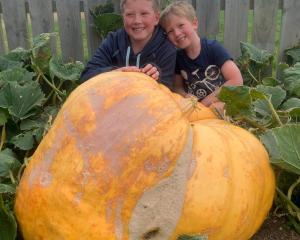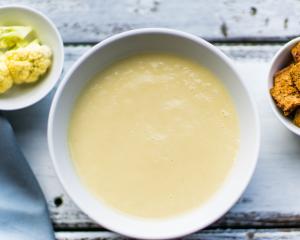At the other end of the scale from many of the single-vineyard wines at the Central Otago Pinot Noir Celebration are the Central pinots of varying quality made outside the region by multinational and other big producers, such as Matua Valley, Kim Crawford, Cloudy Bay, Yealands, Villa Maria, Brancott and Allan Scott, Mud House and Rock Ferry, as well a overseas dealers, including buyers' own brands for supermarkets, which can be as far flung as Germany, Hong Kong and South Africa.
Behind some of these deals are brokers James Dicey, of Grape Vision, and Tim Morrison-Deaker, of High Plains Wine, who estimate about a third of Central's production of about 84,000 tonnes (in 2013) went out of the region. Much of it was made in Marlborough where economies of scale and use of chips or staves instead of barrels can make it cheaper to process.
However, according to Mr Dicey, with pinot noir grapes fetching about $3200 a tonne, it's still challenging to sell a Central pinot for less than $25 a bottle unless some of the cost can be absorbed into the vast quantities of sauvignon blanc the Marlborough companies also produce.
At the lowest end, fruit will go into South Island blends of pinot noir and supermarket buyers' own brands.
At the top end are companies such as Cloudy Bay, which has a long-term lease on the Calvert Vineyard, or a high-end project in California that Morrison-Deaker is supplying.
The Central Otago brand is strong and the greatest demand is for ''B'' quality fruit for wines in the $25-32 price range, he says.
''Criticism could be made we have spent a lot of time building the brand and are we diluting it by selling to larger wineries who haven't invested in it?
"The companies we are selling it to have a resource and access to markets in places the average Central Otago winery could never reach and they can open up the brand to the world,'' Mr Morrison-Deaker said.
Mr Dicey agrees that the ''big guys'' have a role to play in accessing new consumers with wine at an affordable price, and provide an entree to the rest of the Central producers.
''The secret to this game is not the production and the winemaking - that's a given - we have to do quality. The secret is absolutely what I call 'route to market', the ability to access consumers who will buy your wine.''
He said during the economic downturn in 2008, 2009 and 2010, the Central industry would have been sunk without large companies that took the pressure off while the local growers waited until people had more disposable income.
Now the spot market for grapes and wine has virtually disappeared.
However, as a wine grower himself, he still believes the best Central Otago wine has to be made in Central by wine growers who have empathy with the vineyards.
Perhaps it's time for a bottle sticker identifying wine grown, vinified and bottled in Central Otago, to distinguish locally made wine from commodity Central Otago pinot noir.











